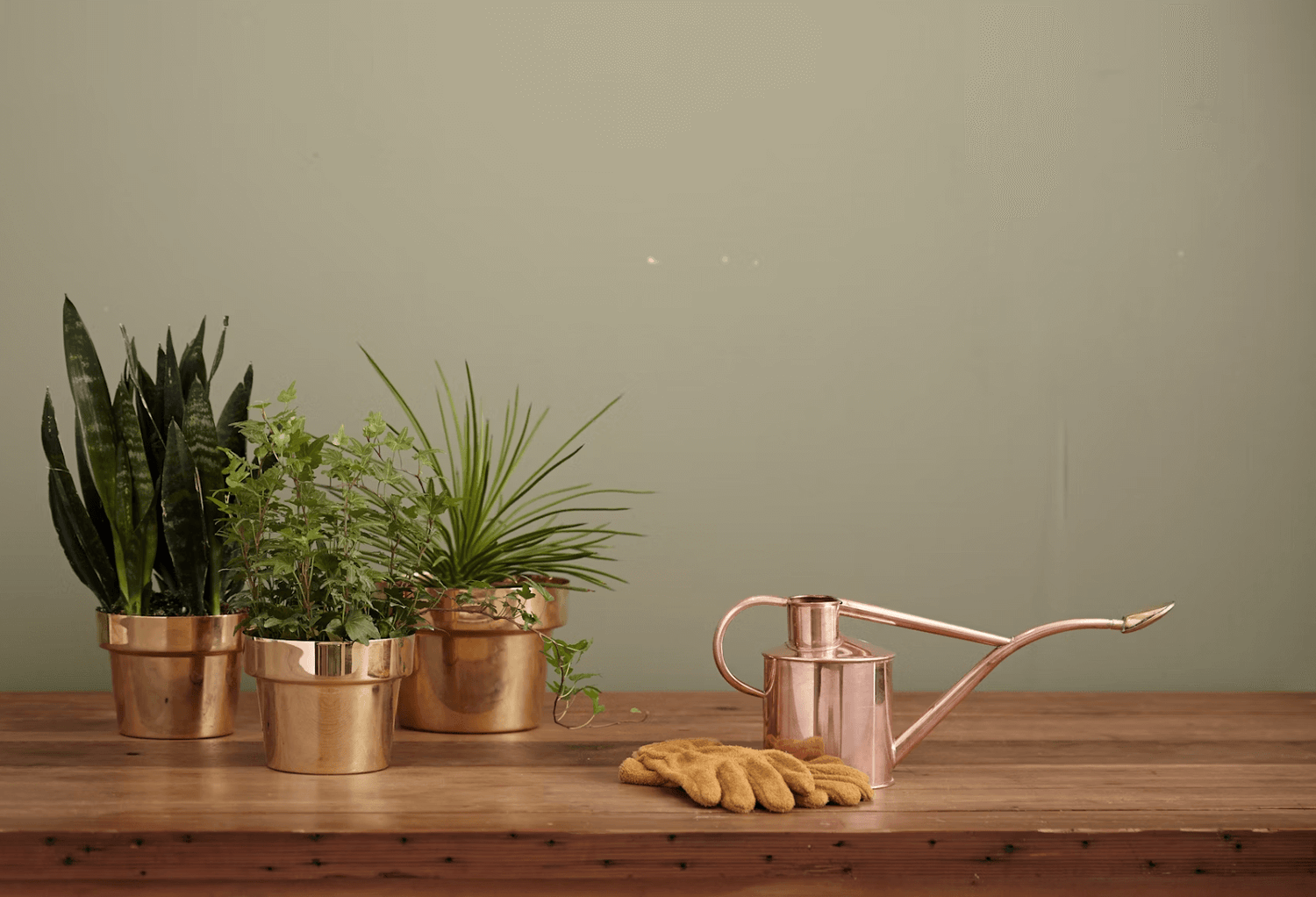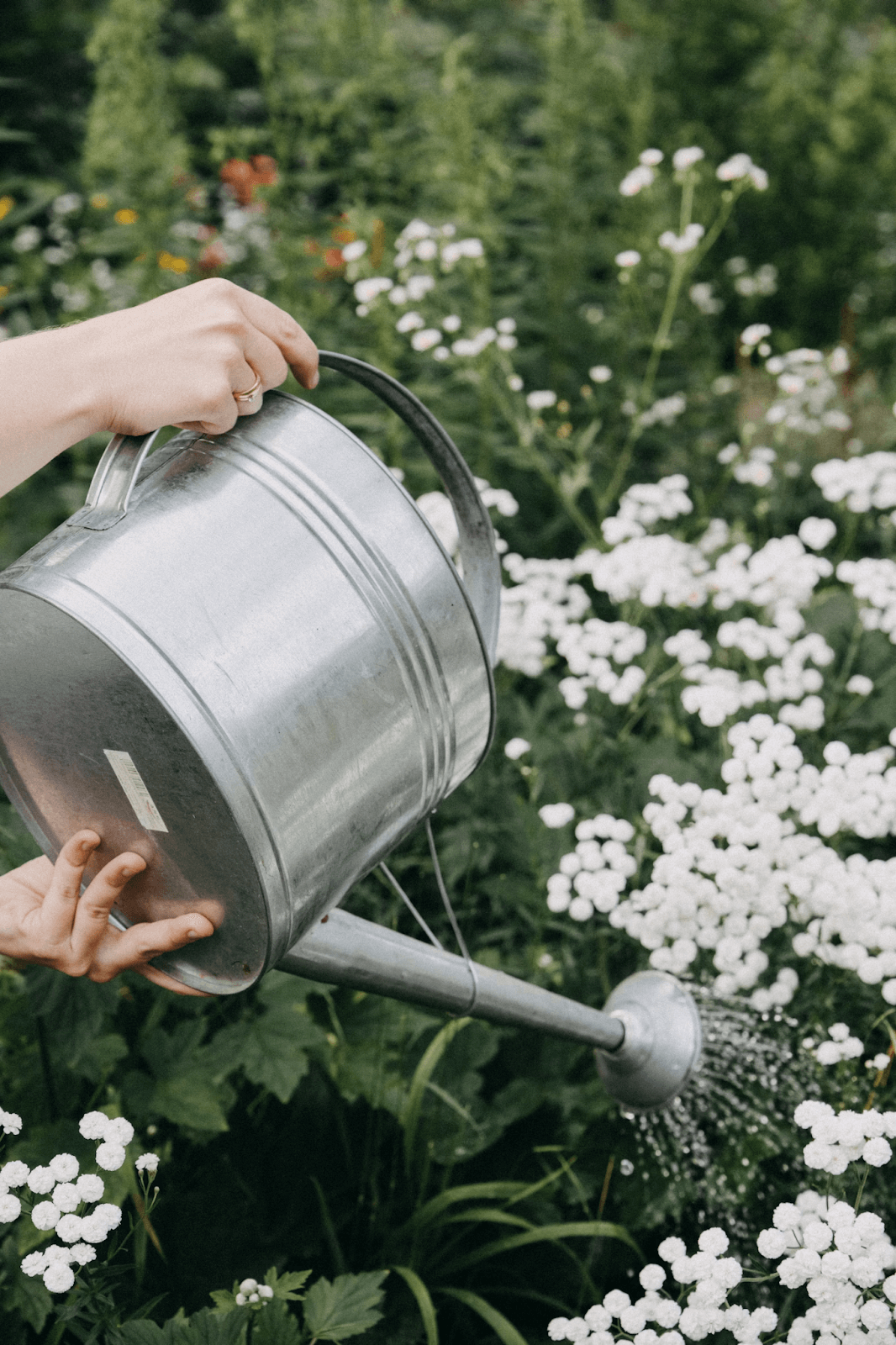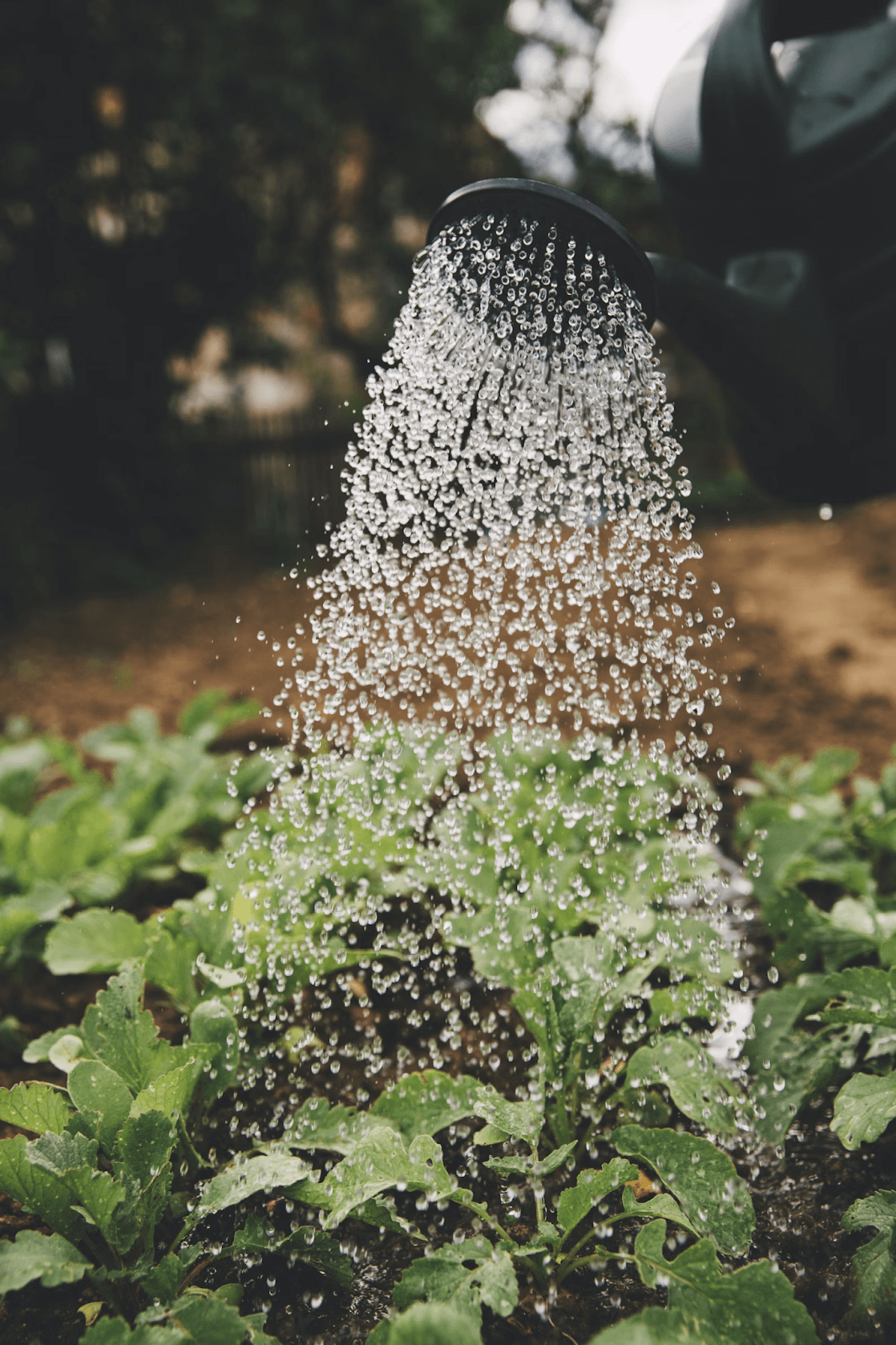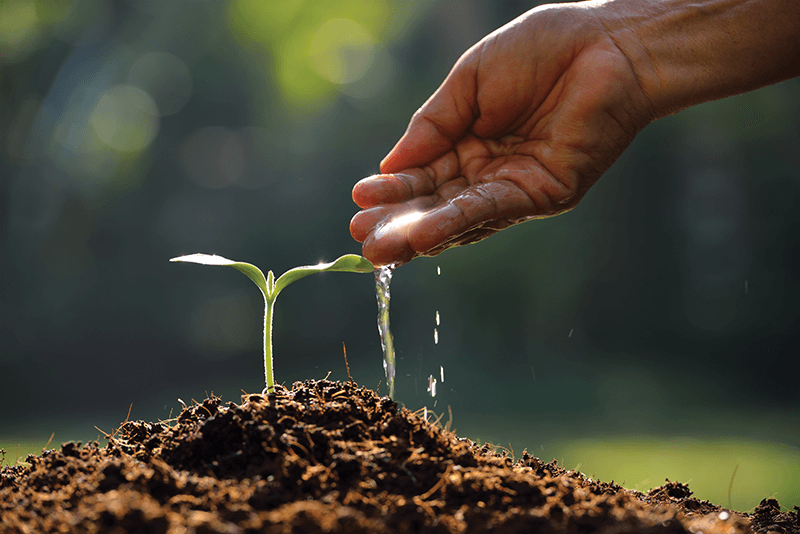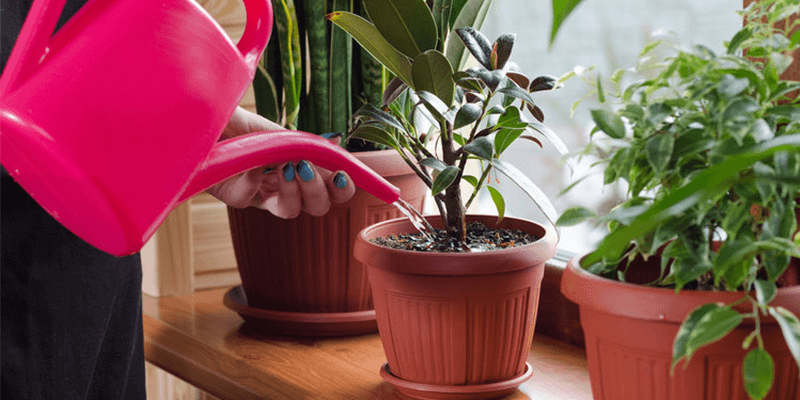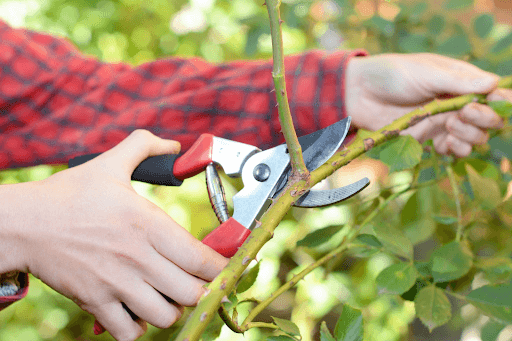2. Check the Soil Moisture Regularly
To prevent it from being watered too much or too little, you must check the soil moisture levels often; using either your fingers or an instrument such as a moisture meter for this purpose as well as not watering it unless its top layer has dried up enough so that one can feel using his/her bare hands while maintaining consistency.



